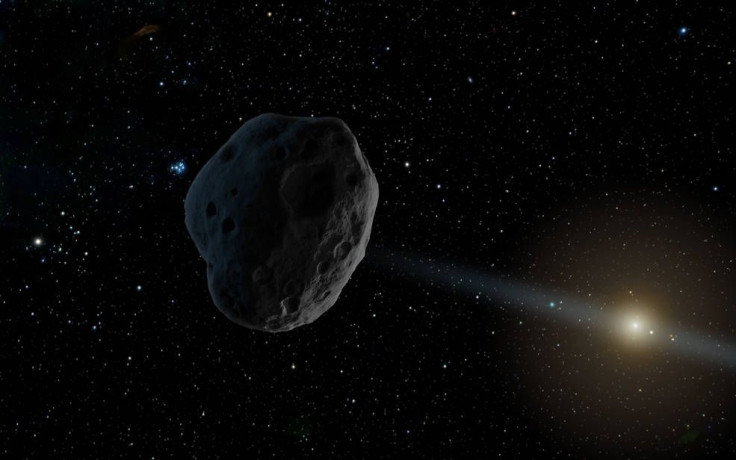Asteroid Warning: Over 800 Asteroids Could Crash On Earth, ESA Reveals

The European Space Agency (ESA) has announced that it has cataloged over 20,000 asteroids, 851 of which pose a possible threat to Earth.
Near-Earth objects (NEOs) are celestial bodies that occasionally approach the Earth as they orbit the Sun. ESA further classified NEOs into near-Earth asteroids (NEAs) and near-Earth comets (NECs).
The NEO Coordination Centre under ESA announced that it has identified 20,022 NEAs and 107 NECs as of April 27. 851 of this number could crash on Earth, based on the risk list provided by the ESA.
More@esa @esaoperations lastest NEO newsletter #asteroidday pic.twitter.com/FVfHu86q5B
— Asteroid Day ☄ (@AsteroidDay) May 3, 2019
The Risk list is a catalog of detected NEOs with non-zero impact probability. This means that these asteroids pose the highest impact risk as they make flybys past the planet. The Risk list recently named the two objects with the highest rank positions.
2019 GD1 is the new top-ranked possible hazardous asteroid that could enter Earth’s orbit. 2019 GD1 is a 1,312-foot (400-meter) wide NEO that is estimated to possibly hit the surface of the Earth by March 13, 2115. Blasting at a speed of 59,838 miles per hour (26.75 kilometers per second), the asteroid could travel about 108 times faster than the speed of a commercial passenger flight.
Another asteroid that is slowly rising in the ranking based on the new observations is 2019 DS1. The asteroid could possibly hit Earth’s surface by Feb. 26, 2082. 2019 DS1 has an impact probability of 1/800 based the estimates.
The NEO Coordination Centre also reported that it has discovered 731 NEOs since the beginning of the year 2019. Among these, 208 were identified just in April.
Major contributions for the catalog of NEOs were from Pan-STARRS and the Catalina sky survey. These astronomical survey organizations are funded by NASA’s NEO Observation Programs.
NASA’s NEO Observation Programs were launched in 1998, a century after the discovery of the first NEO in 1898. With the increasing number of advances observatories, the rate of near-Earth asteroids and comets accelerate over time.
The identification of NEOs is one of the big projects of NASA aimed at minimizing threats and planetary defense strategies.
© Copyright IBTimes 2025. All rights reserved.





















